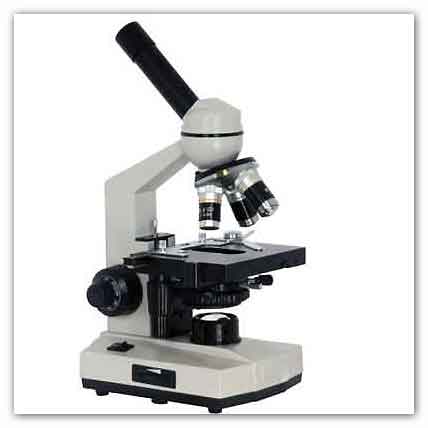News and Insights for
your best life. Online since 1998
- Home Health
- Breaking news
- In caso di...
- Per saperne di
più... - Medicina occidentale
- Medicine complementari
- Medicina cinese
e agopuntura - Omeopatia
- Fitoterapia

Scientists have found that cells known primarily for tempering immune response also exist in injured muscle tissue, an unexpected role for regulatory T cells. Regulatory T cells, or Tregs for short, accumulate in the skeletal muscles of mice after injury or after the animals developed muscular dystrophy, the researchers found. Dalia Burzyn, a postdoctoral fellow in the lab of Diane Mathis and Christophe Benoist, Morton Grove-Rasmussen Professors of Immunohematology, and colleagues showed that a unique population of Tregs promotes muscle repair by controlling both immune and nonimmune cells. Their report appears in the December 5 issue of Cell.

Tregs typically keep the immune response in check after other immune cells have defeated pathogens such as viruses or bacteria. They also calm allergic reactions and dampen responses to tumors.
In 2009 Mathis and her colleagues were the first to report an unusual, tissue-specific role for Tregs. They showed that Tregs found in fat tissue control insulin resistance and glucose intolerance, two important functions in metabolism.
Looking further, Burzyn and her colleagues turned their attention to Tregs found in skeletal muscle. In mice, these unique Tregs appear within days after injury but persist long after inflammation has subsided. Tests to compare gene activity showed these cells produced proteins different from those made by Tregs found in other tissues. Most striking was the abundance of a protein that boosts muscle repair.
These cells behaved the same way, whether the mice had been injured or whether they carried genetic mutations that cause muscular dystrophy and its chronic muscle damage.
“The most surprising and interesting thing we found was that Tregs are necessary for a proper muscle regeneration process,” Burzyn said. “We think Tregs promote an anti-inflammatory environment in the muscle and we also think they control other cells.”
Those other cells include stem cells, the researchers found when they collaborated with Amy Wagers, Harvard Professor of Stem Cell and Regenerative Biology. Muscle stem cells are required to repair and regenerate muscle tissue.
“If we take muscle stem cells from mice that have been injured in the absence of these Tregs, the muscle stem cells cannot proliferate properly,” Burzyn said, describing experiments conducted in test tubes.
A next step might be to compare muscle tissue from people with muscular dystrophy with tissue from mouse models of the disease.
Another potentially promising avenue stems from antigen receptor sequencing performed as part of the experiments. There are hints that the Tregs may be responding to an antigen—a harmful substance that spurs the production of antibodies—in injured muscle. Previous work with Tregs in fat tissue also suggested the presence of an antigen, Mathis said.
“This may be a whole new class of antigens that are important for keeping the tissues stable,” she said. “It’s a fascinating result.”
If so, the antigens could become a target for boosting this previously unknown function of Tregs.
“Immunology takes you to a lot of places you didn’t know you were going to go,” Mathis said.
This work benefited from public data generated by the Immunological Genome Project and was funded by NIH grants R37AI051530, R01DK092541, R01AG033053 and UO1HL100402.
For more information
http://hms.harvard.edu/
A Special Population of Regulatory T Cells Potentiates Muscle Repair
MDN
del Dott. Turetta
Quali sono i problemi o le disfunzioni che possono giovarsi di un intervento omeopatico d'urgenza e, di conseguenza, come dovrebbe essere un ideale armadietto medicinale omeopatico casalingo.- Home -
- Health -
- Depressione -
- Sexuality
- Environment -
- Food -
- Musica -
- Capirsi -
- Grafologia -
- Ridere
Copyright © 1998/2018 www.mybestlife.com tutti i diritti sono riservati eccetto quelli già di altri proprietari.
.In caso di
Pubblicità
Per saperne di più su
Pubblicità
Pubblicità
Pubblicità
Pubblicità


